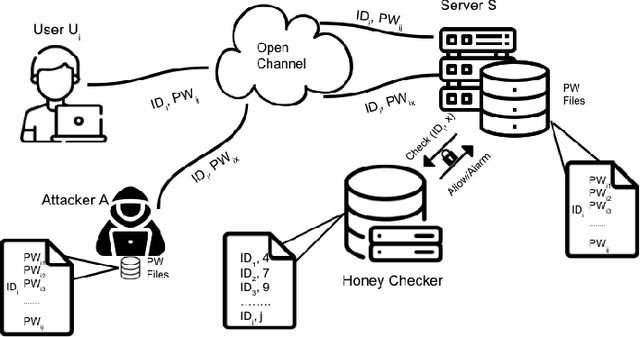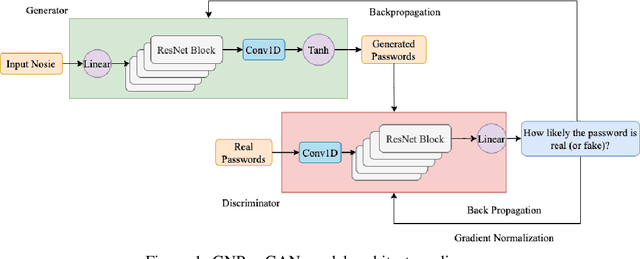Fangyi Yu
Legal Prompting: Teaching a Language Model to Think Like a Lawyer
Dec 08, 2022Abstract:Large language models that are capable of zero or few-shot prompting approaches have given rise to the new research area of prompt engineering. Recent advances showed that for example Chain-of-Thought (CoT) prompts can improve arithmetic or common sense tasks significantly. We explore how such approaches fare with legal reasoning tasks and take the COLIEE entailment task based on the Japanese Bar exam for testing zero-shot/few-shot and fine-tuning approaches. Our findings show that while CoT prompting and fine-tuning with explanations approaches show improvements, the best results are produced by prompts that are derived from specific legal reasoning techniques such as IRAC (Issue, Rule, Application, Conclusion). Based on our experiments we improve the 2021 best result from 0.7037 accuracy to 0.8148 accuracy and beat the 2022 best system of 0.6789 accuracy with an accuracy of 0.7431.
Targeted Honeyword Generation with Language Models
Aug 23, 2022



Abstract:Honeywords are fictitious passwords inserted into databases in order to identify password breaches. The major difficulty is how to produce honeywords that are difficult to distinguish from real passwords. Although the generation of honeywords has been widely investigated in the past, the majority of existing research assumes attackers have no knowledge of the users. These honeyword generating techniques (HGTs) may utterly fail if attackers exploit users' personally identifiable information (PII) and the real passwords include users' PII. In this paper, we propose to build a more secure and trustworthy authentication system that employs off-the-shelf pre-trained language models which require no further training on real passwords to produce honeywords while retaining the PII of the associated real password, therefore significantly raising the bar for attackers. We conducted a pilot experiment in which individuals are asked to distinguish between authentic passwords and honeywords when the username is provided for GPT-3 and a tweaking technique. Results show that it is extremely difficult to distinguish the real passwords from the artifical ones for both techniques. We speculate that a larger sample size could reveal a significant difference between the two HGT techniques, favouring our proposed approach.
On Deep Learning in Password Guessing, a Survey
Aug 22, 2022



Abstract:The security of passwords is dependent on a thorough understanding of the strategies used by attackers. Unfortunately, real-world adversaries use pragmatic guessing tactics like dictionary attacks, which are difficult to simulate in password security research. Dictionary attacks must be carefully configured and modified to be representative of the actual threat. This approach, however, needs domain-specific knowledge and expertise that are difficult to duplicate. This paper compares various deep learning-based password guessing approaches that do not require domain knowledge or assumptions about users' password structures and combinations. The involved model categories are Recurrent Neural Networks, Generative Adversarial Networks, Autoencoder, and Attention mechanisms. Additionally, we proposed a promising research experimental design on using variations of IWGAN on password guessing under non-targeted offline attacks. Using these advanced strategies, we can enhance password security and create more accurate and efficient Password Strength Meters.
GNPassGAN: Improved Generative Adversarial Networks For Trawling Offline Password Guessing
Aug 14, 2022



Abstract:The security of passwords depends on a thorough understanding of the strategies used by attackers. Unfortunately, real-world adversaries use pragmatic guessing tactics like dictionary attacks, which are difficult to simulate in password security research. Dictionary attacks must be carefully configured and modified to represent an actual threat. This approach, however, needs domain-specific knowledge and expertise that are difficult to duplicate. This paper reviews various deep learning-based password guessing approaches that do not require domain knowledge or assumptions about users' password structures and combinations. It also introduces GNPassGAN, a password guessing tool built on generative adversarial networks for trawling offline attacks. In comparison to the state-of-the-art PassGAN model, GNPassGAN is capable of guessing 88.03\% more passwords and generating 31.69\% fewer duplicates.
* 9 pages, 8 tables, 3 figures
 Add to Chrome
Add to Chrome Add to Firefox
Add to Firefox Add to Edge
Add to Edge